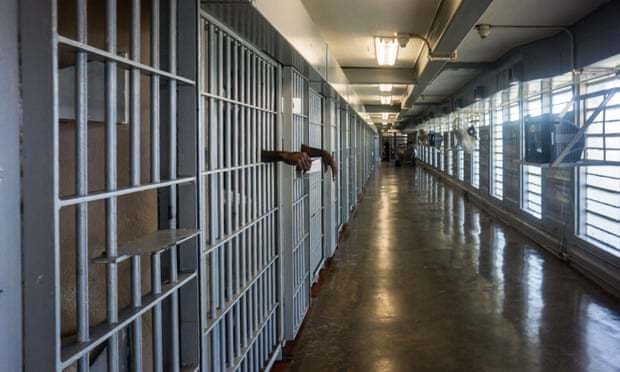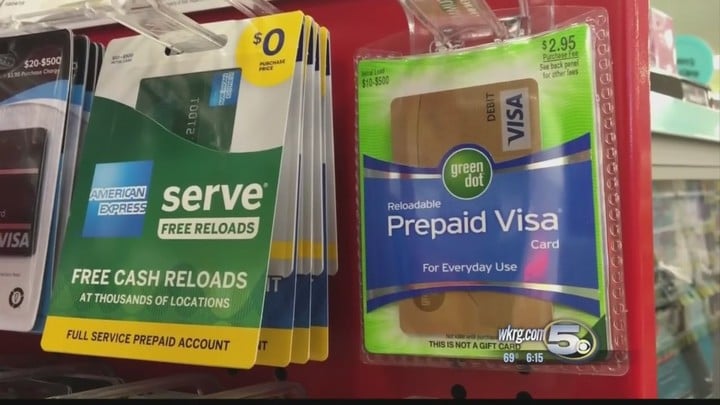Prison movies such as Prison Storm and Shawshank Redemption may have known that the “universal currency” in prison is a cigarette. This special prison economy is not fictitious, but real.

▲ “Shawshank Redemption” stills
Cigarettes become a currency in prison makes sense, as early as during World War II, the American Tobacco Company promoted soldiers for the battlefield free of charge. Providing cigarettes, there is a large amount of trading demand in the prison camp, and money is needed for transactions. Gradually, cigarettes become the most valuable items.
This kind of prison economy has continued to this day. After all, if it is not safe to let the French currency flow in prison, it is possible to breed new crimes, but now it is also problematic to let cigarettes continue to act as prison currency.

▲ The movie “One Prison One World” Stills
In the largest prison in the United States, in Angola prison in Louisiana, a few years ago, a synthetic cannabis called mojo flowed into prisons through cigarettes, causing many prisoners to become addicted. So in 2015, Angola officially classified cigarettes as prohibited. The underground currency of goods and cigarettes can no longer be circulated.
However, some of the prisoners’ trading needs still need to be met. It is worth mentioning that Angola’s prison is known as the most rigorous prison in the United States. The prisoners are extremely dangerous and violent, and 80% of them are sentenced to life imprisonment. % is a prisoner of death.

▲ Image from: Guardian
The Angola prison simply abandoned the physical currency and will trade Digitalization, using a payment system called Dot, a bit like a prepaid card for a specific store like Starbucks, which is also derived from the world’s largest prepaid debit card company Green Dot.

▲Image from: Green Dot
In the past decade or so, such prepaid cards have grown rapidly in the United States, with transactions increasing from 3.3 billion in 2006 to 9.9 billion in 2015. These prepaid cards are different from credit cards and are therefore subject to credit history. Poor users are welcome.
The prepaid card used by prisoners in the prison is called MoneyPak. It can be recharged up to $500. It can be purchased at Wal-Mart and some pharmacies in the United States. However, these prisoners cannot go out to buy these cards and can only entrust people outside the prison.

The problem is coming, the card is there, but how do the prisoners use the equipment without the card? In fact, MoneyPak’s payment does not need to be swiped through the POS machine like a bank card. As long as there is a 14-digit number on the back of the card, the so-called Dot can complete the payment.
Therefore, the new currency in the prison is not these prepaid cards, but these are no physical figures. This currency has several advantages, it is convenient, safe and convenient.Trading, prisoners and prisoners, prison guards can exchange these numbers for trading. Because there is no real thing, this new “currency” is more difficult to track.

This new prison economy also reflects some of the problems with mobile payments. In the past, many economists thought that the digitization of the financial system or even complete cashlessness would be safer and more efficient, because the traces of digital transactions are easier. It was discovered that although the Dot payment in prison is not a formal currency, it can effectively get rid of tracking. In fact, this model has been used by some people for cross-border money laundering.
However, it is interesting to use prison as a miniature model for studying the market economy. In this environment that is isolated from mainstream society, there will also be products of general economic markets such as inflation and counterfeit currency. In the final analysis, people are dealing with Demand cannot be suppressed.
The title map is from: “Prison Storm”